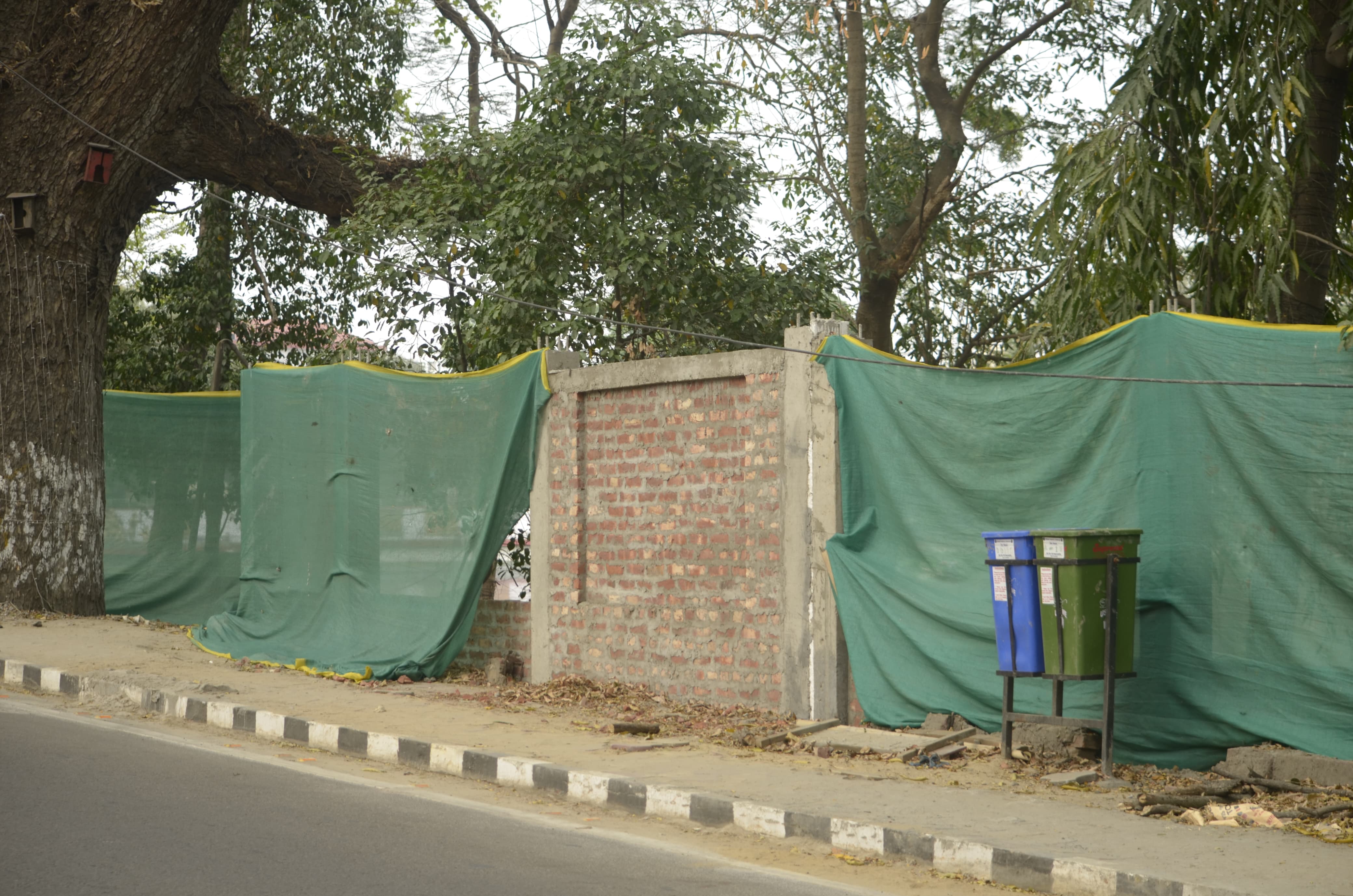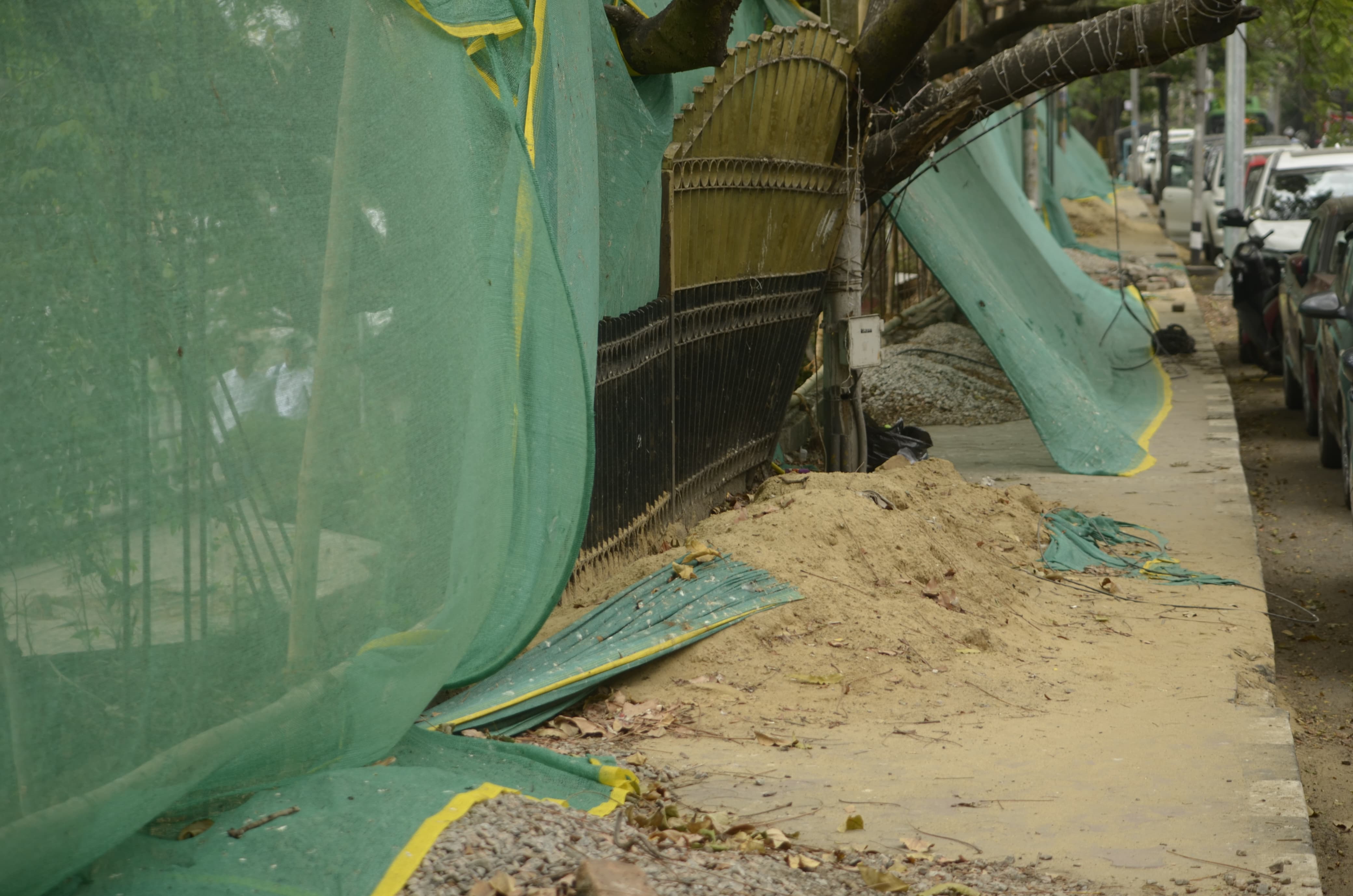GUWAHATI: On any given evening, the stone benches surrounding Dighalipukhuri fill quietly—an elderly man folds his newspaper and looks at the water as he has every day for 40 years. Couples walk slowly along the path, careful not to break the silence. Children lean on the railings, pointing at ducks gliding over the still water, while their parents pick puffed rice from newspaper cones.
ALSO READ: Assam Girl Allegedly Dies By Suicide After Failing ln HSLC Exam
The breeze that blows through here smells of old wood, fish feed, and the slow rot of city noise. But mostly, it smells like memory.
This is Dighalipukhuri - more than just a pond in Guwahati, it is one of the city’s oldest and most intimate spaces. A place tied not only to the daily lives of those who live around it but also to Assam’s history, deeply linked to Lachit Borphukan and the naval resistance against the Mughals in the Battle of Saraighat.
But those soft glimpses of water between trees, the open railings that frame the pond like an old photograph—is slowly disappearing.

As part of a rejuvenation project, the Assam Tourism Development Corporation (ATDC) is constructing a boundary wall around Dighalipukhuri.
“What do we come here for?” asks Tridib Bora, a long-time resident of the Dighalipukhuri area, talking to GPlus. “To see the water. The calm, quiet waters of this pond that’s what makes this place what it is.”
A few days ago, Bora noticed a two-foot-high fence erected by the army as part of their war memorial project. That one, he admits, was thoughtfully done with murals and fencing placed inside the tank enclosure, visible only once a visitor enters. “Now they are talking about 7 to 10 feet high walls on the outer periphery with murals. That’s not beautification. That’s blocking the essence of Dighalipukhuri. What use is a pond if you can’t see it?”
For Bora, Dighalipukhuri is not just a landmark, it’s history. It was once believed to have been a naval dockyard for Lachit Borphukan, the Ahom general who led the resistance against the Mughal Empire during the Battle of Saraighat. “This was where ships were kept, where strategies were drawn. A site like this should be preserved in a way that reflects its legacy, not boxed up behind concrete and paint,” he said.
He also raised a question many others are now echoing—why is there no public consultation? “Was our opinion asked? Were people informed about how much of the pond’s view will be blocked? Even Mrinal Talukdar (journalist and author) tweeted about the plan initially, but the tweet was deleted later. Why the secrecy?”

Walking along the stretch where the construction is underway, Bora pointed out a lack of planning in the layout. “Look at the army's side. One mural, then space, then another. It looks balanced. But what’s happening now—murals are coming up without symmetry. It feels like a rushed job, not something planned with intent.”
He added, “We don’t even know the final plan. Will the entire pond be surrounded by these walls? How much visibility will be left for the people? What if this just becomes another restricted zone where people have to pay to get a glimpse?”
The concerns expressed by Bora aren’t isolated. Several residents and regular visitors to Dighalipukhuri have voiced their disapproval of the project.
“The old railings were perfect. They gave us security, but they also let us see the water from outside,” said a Guwahati resident. “Now, this new wall is going to block the view completely.”
Kazi Nekib, another resident in Dighalipukhuri was more direct in his criticism. “I strongly oppose this decision. Why are murals being placed outside the boundary wall instead of inside? Who benefits from this change? They don’t consult people; they just start building. This is not how development should happen.”
A shopkeeper in Dighalipukhuri talking to GPlus said, “Earlier, people would just come and sit near the railings, watch the water, eat snacks, buy from nearby shops. Now, if they can’t see the lake unless they go inside and maybe pay for tickets, they won’t bother coming. That will affect us too.”
Another passerby added, “Development is good, but not when it takes away beauty. This is not enhancement—it’s erasure.”
However, talking to GPlus, a senior official from the Assam Tourism Department said, “The renovated boundary will primarily feature open grills, with mural art panels placed every 15 to 18 meters. These murals will depict Assam’s rich history and heritage, allowing visitors—especially those from outside the state—to understand the historical significance of Dighalipukhuri.”
The official clarified that the murals are meant to educate, not obstruct. “We are trying to balance visibility with storytelling,” he said.
But many argue that visibility is already being compromised. “If the goal is storytelling, then why not put the murals inside? Let people see the pond from outside, and once they enter, let them experience the history. Right now, it’s all reversed,” said Bora.
This is not the first time Dighalipukhuri has come under threat. In the past, plans to cut down trees around the pond triggered strong public backlash. The case eventually reached court, and the felling was halted. “The community came together back then, and we will again if needed,” said a local activist who didn’t wish to be named.
As Guwahati rapidly develops, several iconic spots are being transformed under various 'beautification' projects. While these efforts often aim to attract tourists and modernise city spaces, they sometimes overlook the emotional and historical significance these places hold for locals.
Dighalipukhuri, in that sense, is not just a case of a wall going up, it’s a question of identity, access, and respect for heritage.



